How to Draw a Wolf
Learn how to draw a wolf with this step-by-step guide. Follow our expert instructions to create a lifelike representation of this majestic creature.
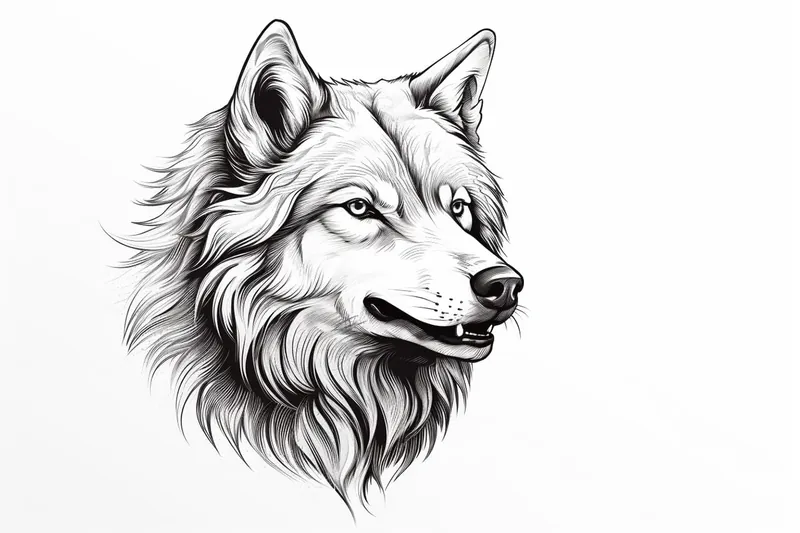
Materials You'll Need
- Pencil
- Paper
- Eraser
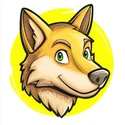 Welcome to this step-by-step tutorial on how to draw a wolf, one of nature's most iconic and powerful creatures. Known for their strength, intelligence, and mysterious allure, wolves have captivated the human imagination for centuries. From ancient legends to modern art, they symbolize freedom, loyalty, and the untamed spirit of the wilderness.
Welcome to this step-by-step tutorial on how to draw a wolf, one of nature's most iconic and powerful creatures. Known for their strength, intelligence, and mysterious allure, wolves have captivated the human imagination for centuries. From ancient legends to modern art, they symbolize freedom, loyalty, and the untamed spirit of the wilderness.
Whether you're new to drawing or an experienced artist looking to refine your skills, this guide will help you create a lifelike representation of a wolf. We'll break down the process into simple, easy-to-follow steps, covering everything from sketching the wolf's powerful body to adding intricate details like its piercing eyes and thick fur. Along the way, you'll learn techniques to capture its intensity, grace, and wild beauty.
Materials Required
Before we begin, let's gather the materials you will need to prepare for how to draw a wolf:
- Drawing paper
- Pencil (preferably with an HB or B lead)
- Eraser
- Pencil sharpener
- Reference image of a wolf (optional, but helpful)
Photo References of a Wolf
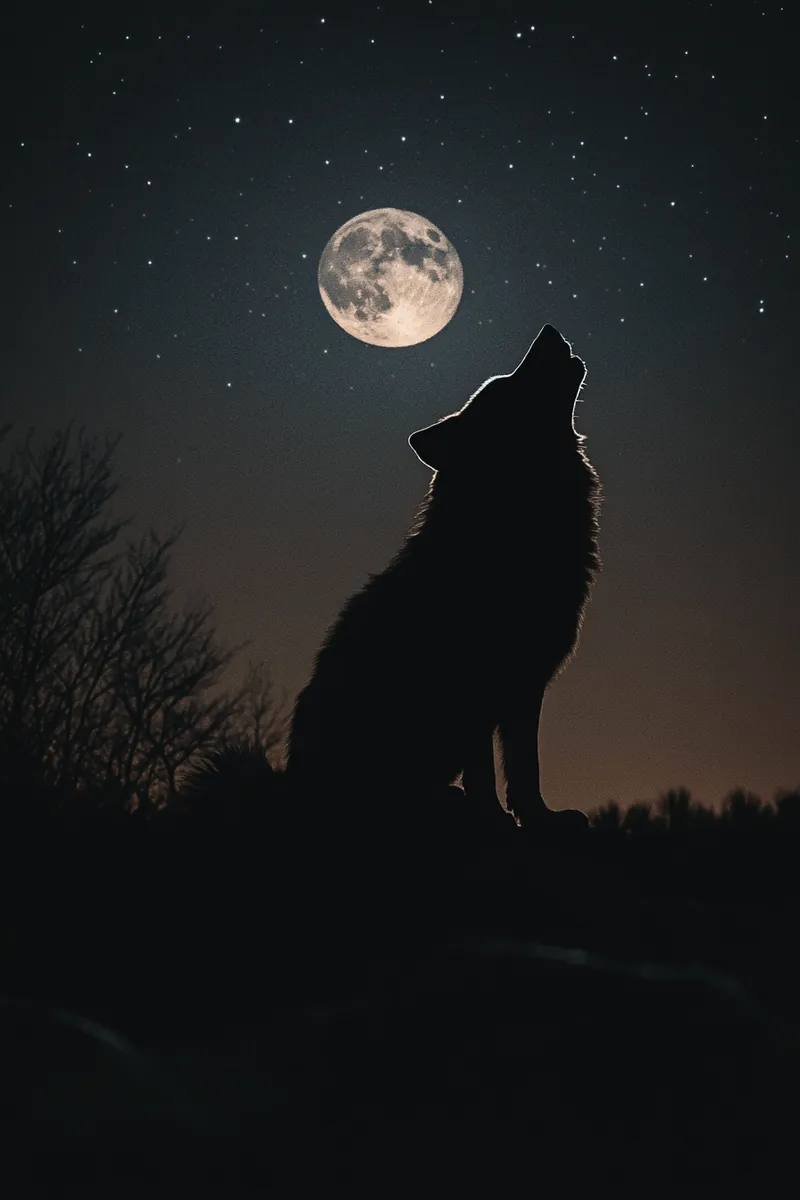
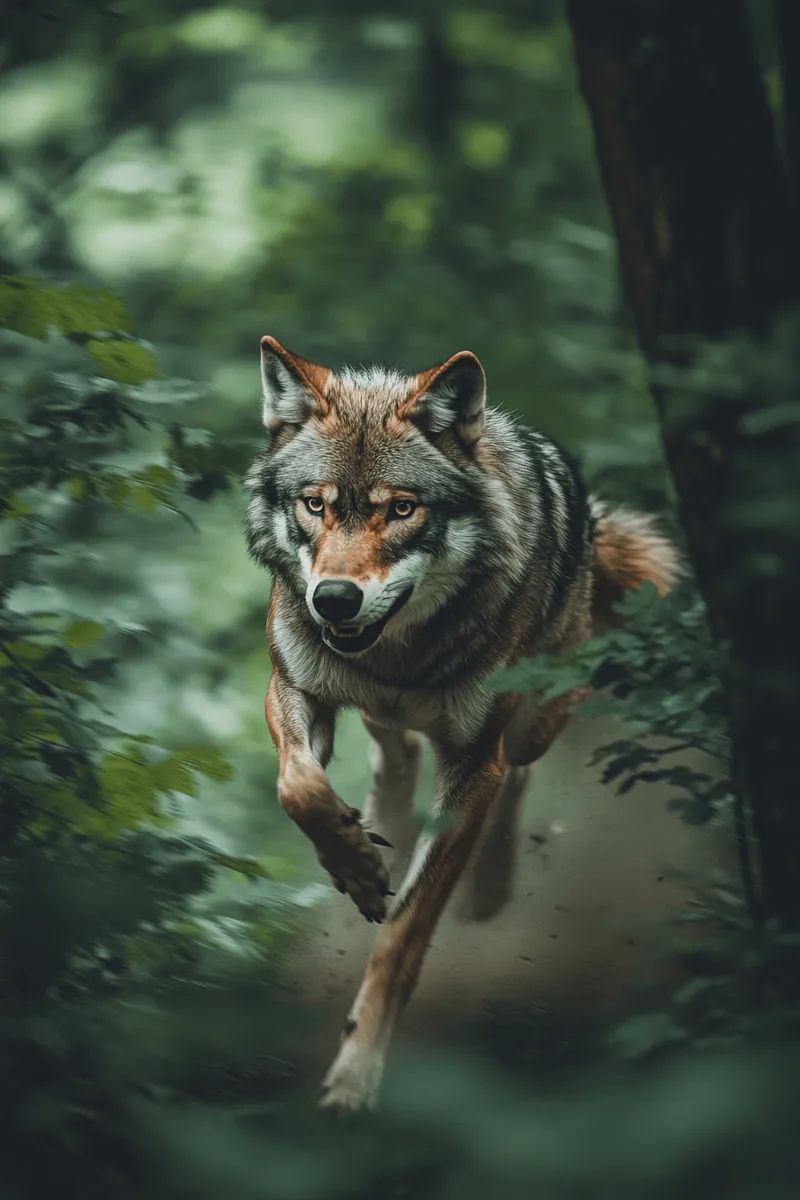

 Now that you have your materials ready, let's dive into the step-by-step process of how to draw a wolf.
Now that you have your materials ready, let's dive into the step-by-step process of how to draw a wolf.
Step 1: Basic Shape
Start by lightly sketching a circle for the head and an oval for the body. These shapes will serve as the foundation for your wolf drawing. Keep the lines loose and don't worry about making them perfect at this stage.
Step 2: Outline the Head
Using the basic shape of the circle as a guide, outline the head of the wolf. Pay attention to the angles and proportions of the head, as these will give your drawing a realistic look. Add a small snout at the bottom of the head and two pointed ears on top.
Step 3: Add Facial Features
Now it's time to add the facial features of the wolf. Start by drawing two almond-shaped eyes using curved lines. Place them slightly above the snout. Add a small triangle-shaped nose at the center of the snout and a curved line for the mouth. Don't forget to leave a small white highlight in each eye to bring them to life.
Step 4: Define the Body
Next, define the body of the wolf by adding more details. Draw a curved line from the head to the rear end to create the back. Add a slightly curved line for the belly, making sure it matches the shape of the body. Extend the lines for the neck and tail, giving them a flowing and natural appearance.
Step 5: Draw Legs and Paws
Now let's focus on the legs and paws of the wolf. Start by drawing two front legs and two hind legs using slightly curved lines. Add oval shapes at the end of each leg to represent the paws. It's important to pay attention to the placement and proportions of the legs to maintain the balance and stability of the wolf.
Step 6: Refine Details
Take a step back and evaluate your drawing so far. This is a good time to make any necessary adjustments and refine the details of your wolf. Add more definition to the facial features, including the ears, eyes, and mouth. Use softer, darker lines to give your drawing depth and volume.
Step 7: Fur Texture
One of the defining features of a wolf is its fur. To achieve a realistic fur texture, start by drawing short, curved strokes in the direction of the fur growth. Vary the length and thickness of the strokes to create a sense of depth and dimension. Take your time with this step, as it can greatly enhance the overall look of your drawing.
Step 8: Shading and Highlights
To bring your wolf drawing to life, add shading and highlights. Use your pencil to create darker areas where shadows fall, such as under the chin, behind the ears, and along the body. Leave some areas lighter to represent highlights, such as on the snout and the top of the head. Blend the shading and highlights with your pencil or a blending tool for a smooth and realistic effect.
Step 9: Final Touches
Take a moment to review your drawing and make any final touches. Clean up any smudges or stray lines with an eraser. Adjust the contrast and value of the shading if needed. You can also add a background or other elements to complete your wolf drawing.
Wrapping Up How to Draw a Wolf
Congratulations! You have successfully learned how to draw a wolf. By following these step-by-step instructions, you have created a beautiful representation of this magnificent creature. Remember, practice is essential to improve your drawing skills, so don't be afraid to experiment and try drawing different poses or expressions. Keep exploring the world of art and have fun with your newfound talent!
Gallery of Wolf Drawings
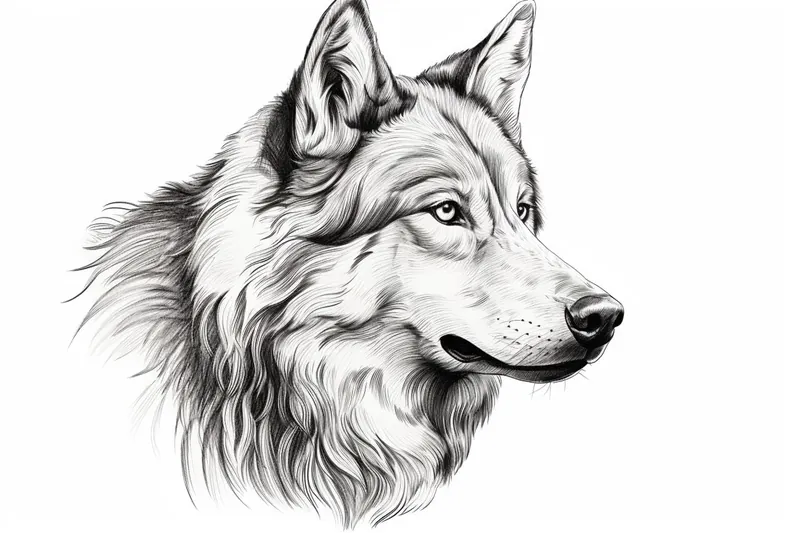
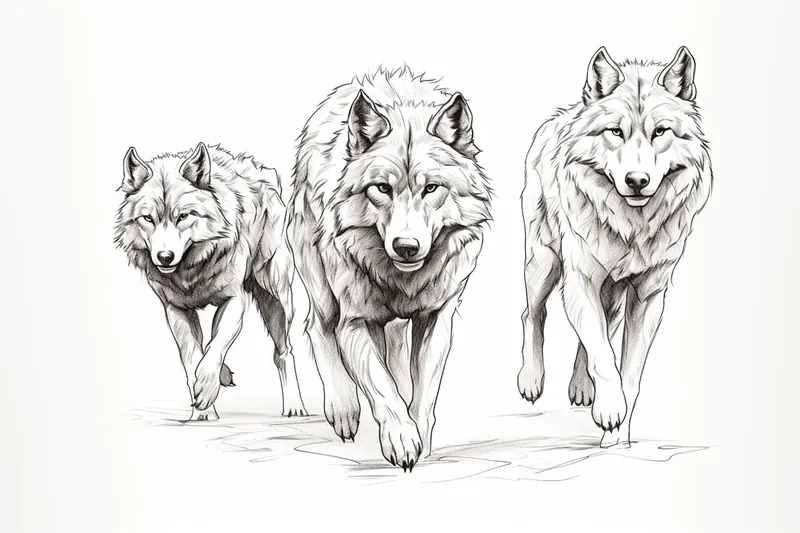
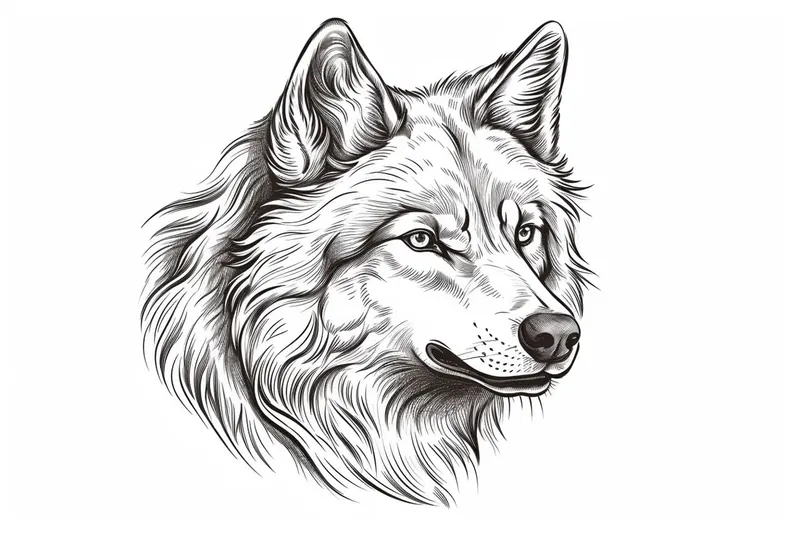
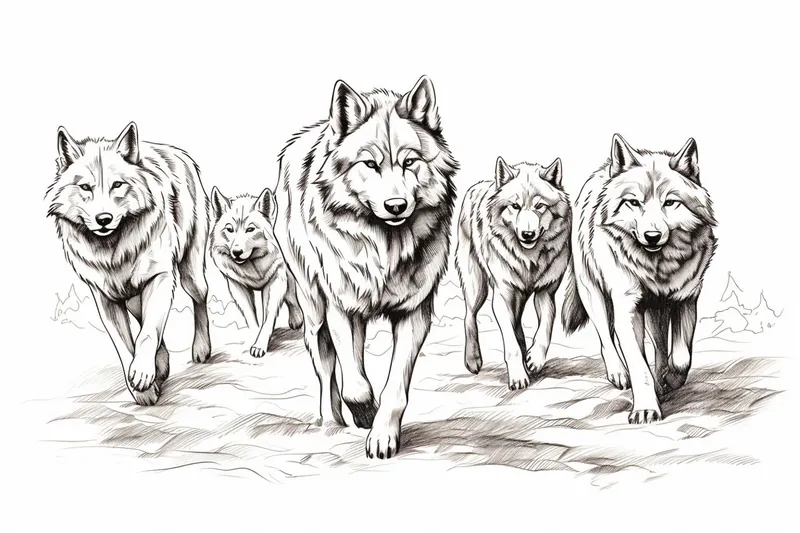
Fun Facts About Wolves
- Wolves are highly social animals that live in packs, usually consisting of a mated pair and their offspring.
- Wolves have a diverse range of vocalizations, including howls, barks, growls, and whines, which they use to communicate with pack members over long distances.
- Wolves have a strong sense of smell, which they use for hunting, communication, and navigation.
- Wolves are excellent hunters, with a success rate of around 20-25% in capturing prey.
- Wolves play an important role in maintaining healthy ecosystems by controlling prey populations and influencing the behavior of other species.
- Wolves have a complex pack hierarchy, with dominant individuals leading the pack and subordinate members following their lead.
- Wolves have strong family bonds and are known to care for injured or sick pack members.
- Wolves have a wide range of coat colors, including gray, black, white, and red, which helps them blend into their natural surroundings.
- Wolves are highly adaptable animals, able to thrive in a variety of habitats ranging from forests and tundra to deserts and mountains.
- Wolves have been widely featured in folklore, mythology, and literature, often symbolizing strength, loyalty, and wildness.
Tip: To effectively capture the essence of a wolf in your drawing, start by focusing on the proportions and structure of the head. Use basic shapes to outline the skull, employing a circle for the muzzle and triangles for the ears, ensuring they are positioned correctly. This foundational sketch will help you maintain balance and symmetry as you refine the features. When detailing the eyes, remember that wolves have a slightly angled shape that conveys their keen intelligence; consider using a reference photo to get the nuances just right. Finally, for the fur texture, employ short, quick strokes with your pencil to mimic the natural flow of the fur, paying attention to the direction it grows, particularly around the neck and face. This approach will give your drawing a lifelike quality that brings the wolf's spirit to life!
Suggestions for Scenes and Settings for Wolf Drawings
Certainly! Here are some specific suggestions for scenes and settings for drawings of wolves. You can practice your skills of how to draw a wolf by trying different scenes and poses.
- A wolf howling at the full moon in a dense forest.
- A pack of wolves hunting together in a snowy mountain landscape.
- A lone wolf standing on a rocky cliff overlooking a vast wilderness.
- A wolf running through a field of wildflowers at sunset.
- A wolf pup playing in a meadow with butterflies fluttering around.
- A mystical scene of a wolf in a misty, enchanted forest.
- A wolf resting by a tranquil lake, with reflections of the moon on the water.
- A wolf camouflaged in a snowy forest during a winter storm.
- A wolf gazing at the Northern Lights dancing in the sky above.
- A futuristic setting with a cybernetic wolf in a high-tech cityscape.
 Feel free to choose any of these suggestions or combine elements from different scenes to create a unique and captivating drawing of a wolf!
Feel free to choose any of these suggestions or combine elements from different scenes to create a unique and captivating drawing of a wolf!